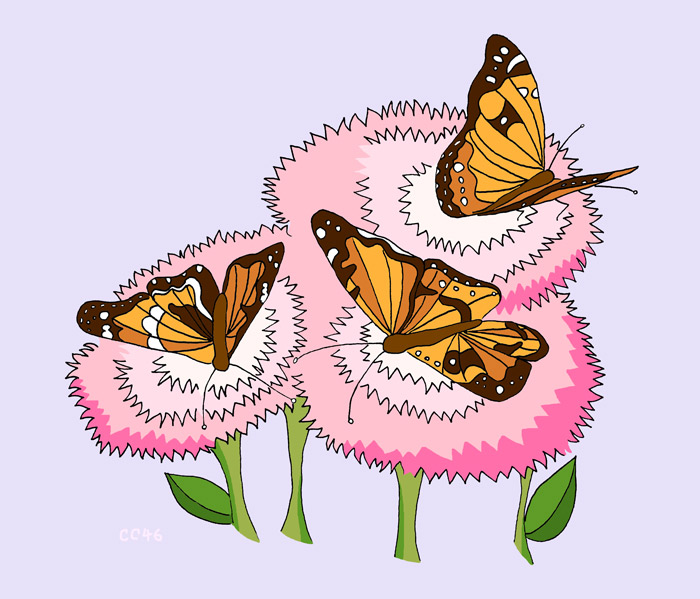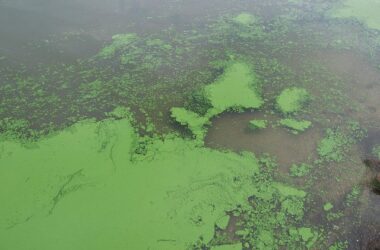As summer transitions into fall, an increased flow of insect and bird migrations takes off. The McGill campus, as well as greater Montreal, has experienced a southbound butterfly migration in preparation for the winter. Although these butterflies are commonly misidentified as monarchs, they are actually Vanessa cardui, or Painted Ladies.
Insect expert and Curator of the Lyman Entomological Museum Stephanie Boucher pointed out that this misidentification is common.
“Most people know the monarch [butterfly] very well, [since the] monarch has a lot of publicity and attractivity [surrounding it],” Boucher said. “They are both orange, but they have big differences; Painted Ladies have a mosaic of brown, [while] the monarch [has a] darker central body. The Painted Lady [also has] a much smaller wing width. [However, they] are both migratory species [with similar] unique life patterns.”
Different weather and temperature patterns can affect the life cycles and migration habits of many insects, in both good and bad ways.
Vinko Culjak Mathieu, graduate student in ecology at McGill, noted that “migration, [and other life events] are impacted by various factors [such as] daily temperature, moisture, light, etc.”
Warmer winters lead to early snowmelt, and, subsequently, early flowering. This occurrence is unfavourable because it is out-of-sync with the arrival of the butterflies.
“[When] temperatures [are] high, migration happens earlier, and [the butterflies may] get to [their destination] without food or other available resources,” Mathieu said.
However, this summer, the butterflies had a successful mating season.
“[The butterflies] had [access to] a lot of water and [flowers in the south],” Boucher articulated. “[For that reason], they were better able to reproduce when they came up north.” This year brought favourable environmental conditions from Quebec to Mexico.
Yet, observing the direct effects of rising temperatures on migration patterns proves challenging. Both Mathieu and Boucher agree that trends, instead of singular effects, require observation.
Boucher explained that changes in climate can affect the migratory patterns of the butterflies.
“[The butterflies would] be affected because they would not be able to [return back] to the same site,” Boucher said. “[Overall], migratory species will be affected in different ways and will eventually adapt [to climate changes] slowly, [however] studies would need to be made, to see how their overwintering sites will be affected.”
Butterflies may be abundant this year, but the appearance of orange Painted Ladies in Montreal isn’t totally unique.
“It [may] seem like an exceptional year, but it has been seen before 2012 and in 1973 there were [also] large migrations,” Boucher said. “The environmental conditions at the wintering site [were] good for them, [and so] they came up north in a larger population than before.”
Another reason why we are seeing so many Painted Ladies on their journey south is the result of strong high-altitude winds.
“[Painted Ladies usually] migrate south 300 to 400 metres above the ground,” Mathieu added, “[but] strong winds force them to stay low. They [are also taking] advantage of the warmer weather to collect more nectar to continue their migration journey.”









